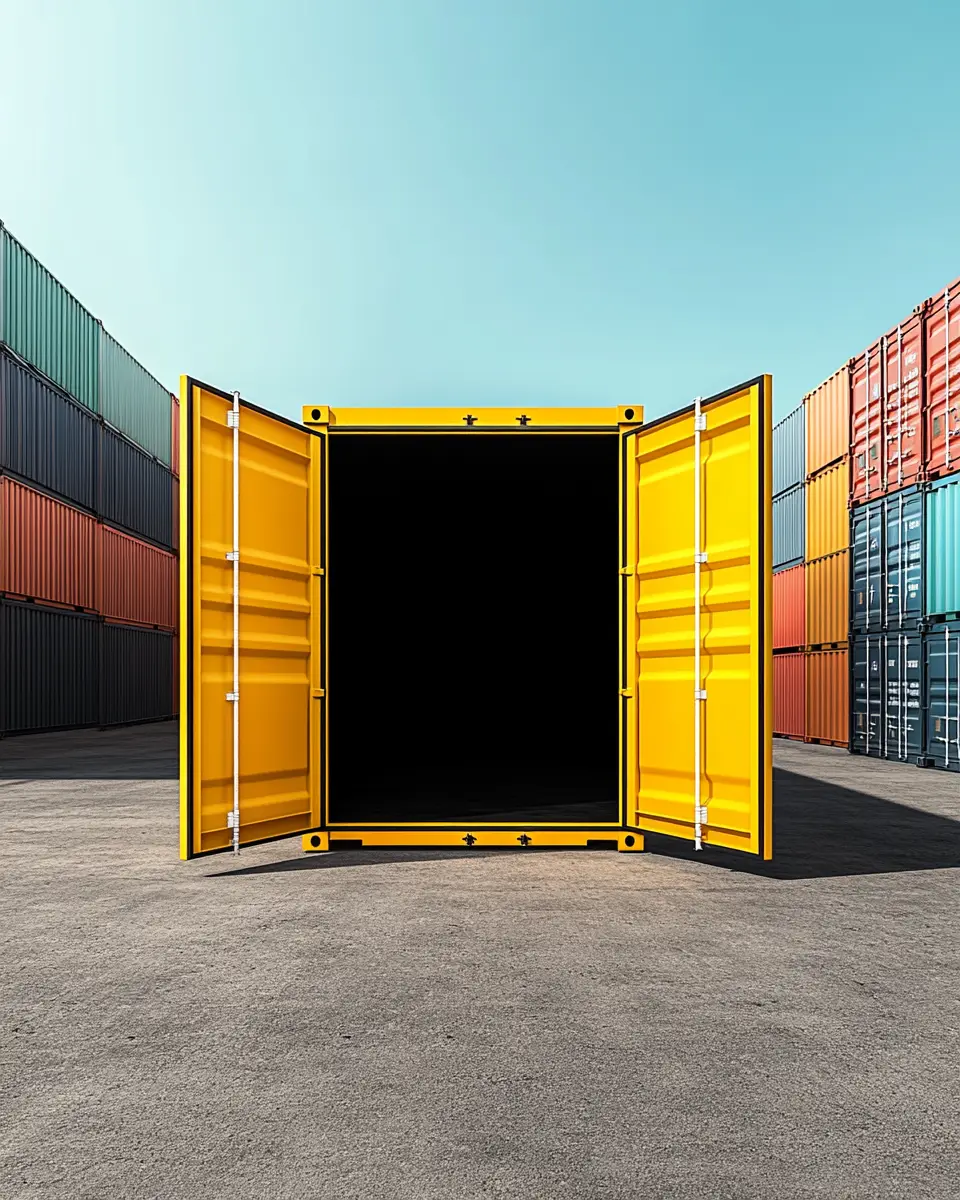Shipping containers are the backbone of global trade, transporting billions of tonnes of goods across the world.
These sturdy steel boxes have revolutionised logistics, making transportation faster, safer, and more cost-effective. Since their inception in the mid-20th century, they have evolved to meet the growing demands of international commerce. But how are these containers built to withstand the rigours of ocean voyages, rough handling, and extreme weather conditions? In this article, we’ll break down the intricate manufacturing process, the materials used, and the latest innovations shaping the industry.
History and Evolution of Shipping Containers
The modern shipping container owes its existence to Malcolm McLean, an American trucking entrepreneur who, in the 1950s, introduced the concept of containerisation. His idea was simple but revolutionary: standardise cargo sizes to streamline loading and unloading processes. In collaboration with engineer Keith Tantlinger, McLean designed the first intermodal containers, drastically reducing transport costs and improving efficiency. Initially made from wood and aluminium, containers quickly transitioned to steel for greater durability and security.
Today, they are an indispensable part of the global supply chain, used for everything from freight transport to innovative architectural solutions.
Materials Used in Construction
The materials used in building shipping containers must meet strict durability and environmental resistance requirements. The primary material is Corten steel, a weather-resistant alloy that forms a protective rust layer to prevent further corrosion.
This makes it ideal for withstanding prolonged exposure to harsh marine environments.
Other materials include:
Aluminium: Used in some specialised containers, particularly for air freight, as it is lightweight and resistant to corrosion.
Fibreglass: Found in refrigerated containers due to its superior insulation properties.
Bamboo-composite flooring: A sustainable alternative to traditional marine-grade plywood, offering similar durability but with a lower environmental impact.
Detailed Manufacturing Process
The construction of a shipping container involves several precise stages to ensure it meets international standards:
Steel Cutting & Panel Assembly
- Large steel sheets are cut and sandblasted to remove impurities.
- The sheets are then corrugated to increase structural strength.
- Individual panels, including side walls, roof, and doors, are welded together to form the container’s basic structure.
Frame Construction & Welding
The base frame is constructed using steel beams and cross members to provide stability.
Welders fuse all structural components together, ensuring the container can handle extreme loads and rough conditions.
Flooring Installation
- The floor is typically made from marine-grade plywood or bamboo composite.
- It is coated with protective chemicals to prevent moisture damage and insect infestations.
Door Assembly & Sealing
- Doors are attached with rubber seals to ensure watertight integrity.
- Locking bars and hinges are installed for security and ease of use.
Protective Coating & Painting
- The entire container is coated with anti-corrosion paint to withstand saltwater exposure.
- Company branding or identification numbers are often added during this stage.
Quality Control & Certification
- Containers undergo rigorous testing, including structural integrity assessments and water-tightness tests.
- Once certified, they are ready for global deployment.
Comprehensive Overview of Shipping Container Types
Shipping containers come in various types to accommodate different cargo needs:
Standard Dry Containers: Used for general cargo such as electronics, textiles, and food products.
Open-Top Containers: Designed for oversized cargo like heavy machinery or raw materials.
Flat Rack Containers: Feature collapsible sides for easy loading of bulky items.
Side-Open Containers: Provide easier access for loading and unloading large cargo.
High–Cube Containers: One foot taller than standard containers, ideal for voluminous yet lightweight goods.
Refrigerated (Reefer) Containers: Equipped with temperature control systems for perishable goods.
Innovations in Container Construction
The shipping container industry is constantly evolving, integrating technology to enhance efficiency and sustainability. Some of the latest innovations include:
Smart Containers: Equipped with IoT sensors to monitor temperature, humidity, and location in real time, improving logistics management.
Eco-Friendly Materials: The adoption of bamboo flooring and non-toxic coatings reduces environmental impact.
Solar-Powered Refrigeration: A game-changer for refrigerated containers, reducing reliance on diesel-powered cooling systems.
Modular Adaptations: Containers are increasingly being repurposed for housing, offices, and emergency shelters, thanks to their durable and stackable design.
Conclusion
The construction of shipping containers is a testament to modern engineering and industrial efficiency. From raw steel to fully assembled transport units, the process ensures durability, security, and adaptability. As the logistics industry continues to evolve, so too will the humble shipping container, embracing new technologies and sustainable materials to meet the ever-changing demands of global trade.
Whether used for transportation or repurposed into innovative structures, these steel giants will remain a cornerstone of international commerce for years to come.









